QUIT WISHING FOR A PAIN FREE KNEE…
Restore knee pain with an injection of anti-inflammatory steroid injection
Steroid injection if done appropriately can immediately reduce knee pain.
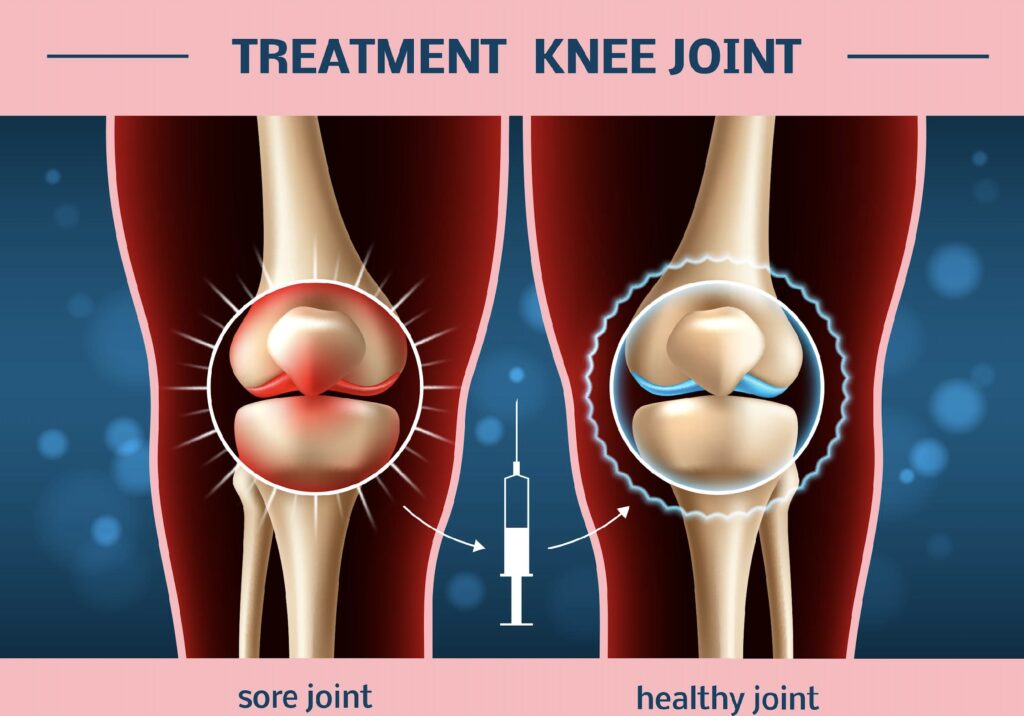

Got a Question?
01527919848
Evidence Based Practice
Instant Results
Happy Patients
Specialised Surgeons
State-Of-The-Art New Techniques
Discover Our Pain free Steroid Injection method that reduces knee pain from inflammation and arthritis...
Nothing compares to the dreaded pain and instability of arthritis!
Hand hygiene and washing is extremely important?
- I wash my hands with soap and water, ensuring they are thoroughly clean.
- Next, I sterilize my hands using antiseptic hand gel.
- I repeat the process of cleaning my hands with antiseptic hand gel for additional sterilization.
- This helps to reduce infection

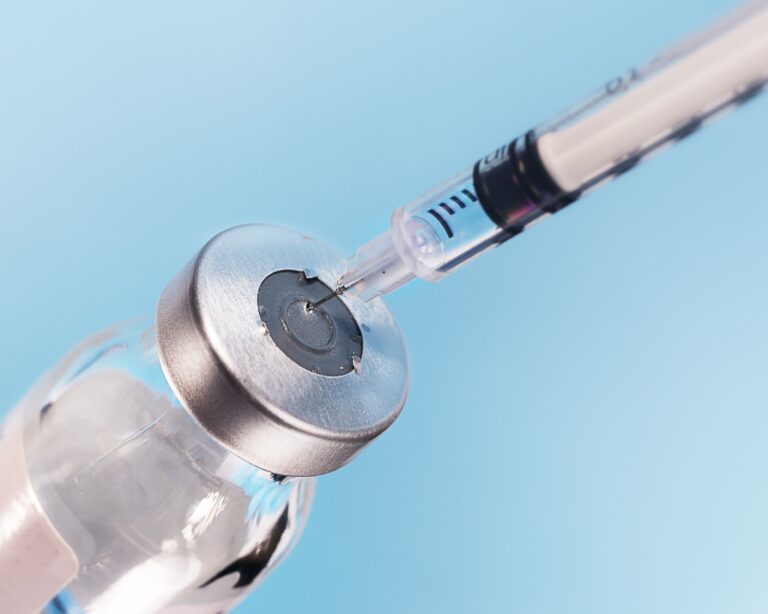
The sterile injection pack
- The sterile pack containing all the necessary equipment for the injection is opened by an assistant
- I put on sterile gloves from the pack
Infection control is always on our mind!
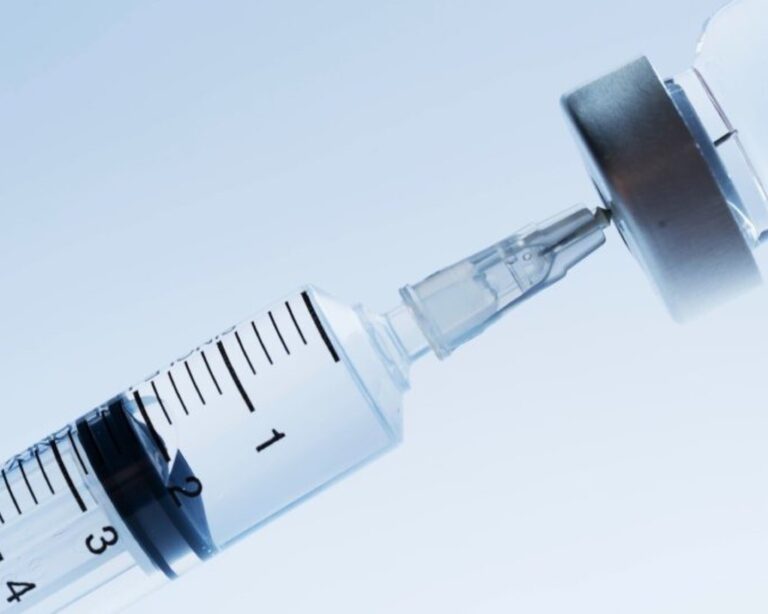
The Local Anaesthetic and Steroid injection is drawn in the sterile syringe
- Using aseptic technique, I draw up the required amounts of local anesthetic and steroid.
The knee is cleaned with antiseptic
preparation to reduce the chances of infection
from any contaminants and this again helps to reduce infection
The knee is cleaned with antiseptic
preparation to reduce the chances of infection
The knee area is thoroughly cleaned with antiseptic solution to ensure it is free
from any contaminants and this again helps to reduce infection
We take infection seriously and
take measures to reduce it as much as possible...
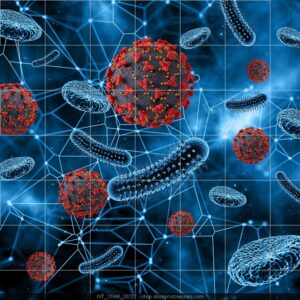
The importance of local
anaesthesia before the steroid injection
I would never do a steroid injection without injecting local anaesthesia to numb the skin
- No body likes pain and the fear about steroid injections being painful is not ill-founded
- I administer local anesthesia to the knee to help alleviate pain and discomfort for the patient.
- The local anaesthesia injection and the knowledge that this will be the first step reduces a lot pf patient anxiety and helps them relax. Needless to say that the local anaesthesia effect virtually makes the process of steroid injection completely painfree in 99% of my patients
- Ofcourse this is an opinionated area and the step of injecting local anaesthesia is a policy of the Droitwich Knee Clinic which may or may not be seen elsewhere.
- Using a fine needle, I inject the local anesthetic, ensuring minimal pain sensation for the patient.
- The fine needle to inject the local feels like a small scratch


The inflammatory Knee Swelling is taken out before the steroid is injected
- Sometimes the knee is swollen and the fluid is removed to decrease inflammation and the pain.
- I gently aspirate fluid from the knee, handling the needle with care to avoid discomfort for the patient.
What is a steroid and what does it do?
In the medical context, steroids refer to a class of synthetic drugs that mimic the effects of naturally occurring hormones produced in the body, such as cortisol or testosterone. Steroids can have various actions depending on their type and usage. When injected into the knee joint, a common type of steroid used is corticosteroids, which have anti-inflammatory properties.
When injected into the knee joint, corticosteroids work by reducing inflammation, which in turn can help alleviate pain, swelling, and stiffness associated with conditions such as osteoarthritis, rheumatoid arthritis, or other inflammatory joint diseases. They can also help improve joint function by reducing inflammation-induced damage to cartilage and other joint structures.
The effects of corticosteroid injections in the knee are usually temporary and can provide relief for several weeks to months, depending on the individual and the underlying condition. However, they are not considered a cure for the underlying condition but rather a symptomatic treatment aimed at managing pain and inflammation.
It’s important to note that while corticosteroid injections can provide significant relief for many individuals with knee joint problems, they may not be suitable for everyone. Potential side effects and risks associated with corticosteroid injections include infection, bleeding, thinning of nearby tissues (including cartilage and tendons), and temporary flare-up of symptoms. Therefore, it’s essential for individuals considering corticosteroid injections to discuss the potential benefits and risks with their healthcare provider to make an informed decision about their treatment options.

The steroid injection process
- Once all the fluid has been drained, I inject the steroid into the joint, aiming to further reduce the patient’s pain.
- I ensure to inject the steroid gently to minimise any discomfort for the patient.
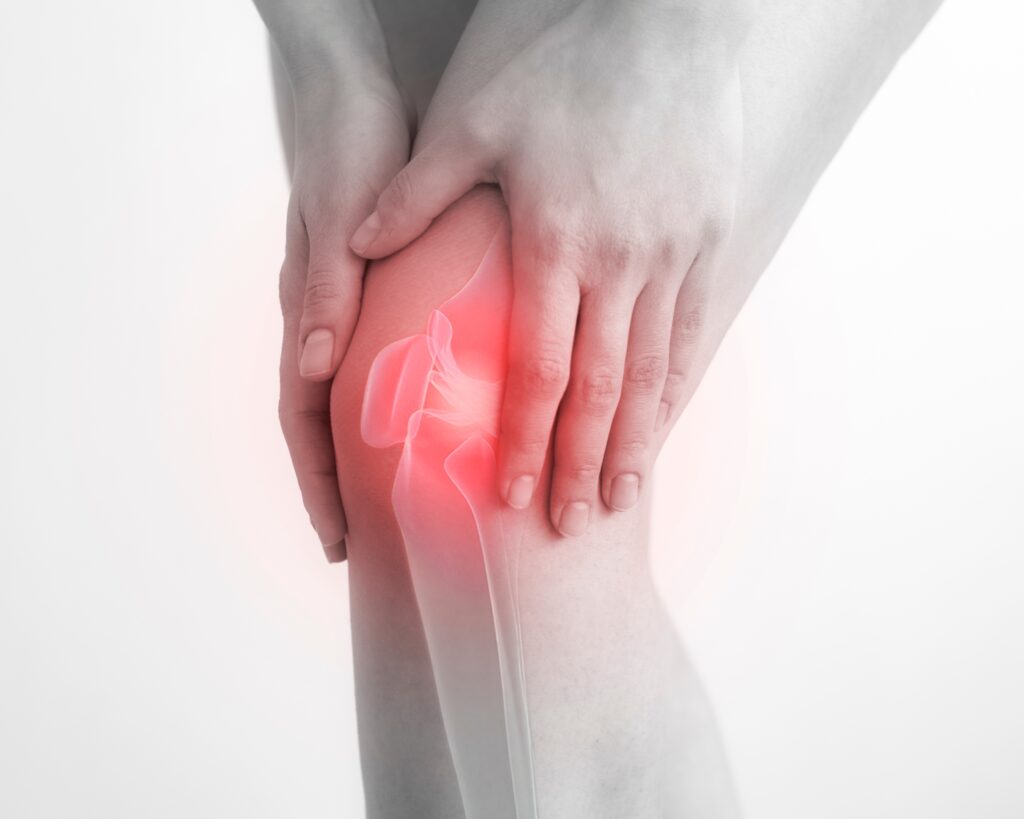
The Knee is dressed
- Once the injection is complete, I remove the needle and apply a dressing to the injection site
- I allow the patient to rest in bed for a few minutes before asking them to move their knee to help distribute the steroid within the joint.
- This will also help me to ascertain if the pain has reduced following the injection

The Steroid injection short term benefit is assessed
- The patient sits at the end of the bed and I ask them to move their foot and ankle to stimulate circulation back to the heart.
- This reduced them feeling giddy and nauseous
